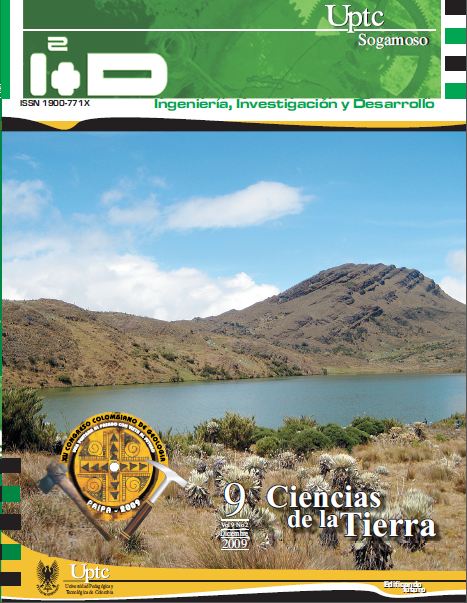Multitemporal analysis of the amazon river between Corea Island (Colombia) and Aramosa Island (Brazil)

Abstract
An analysis of fluvial dynamics of the Amazon River between Corea Island (Colombia) and Aramosa Island (Brazil), northwest and southeast of Leticia, respectively, was carried out for a period of 18.1 years. The analysis was made using remote sensing image processing techniques applied to images acquired at different times. LANDSAT images were compared using the Brazilian Software SPRING with the method of unsupervised classification ISOSEG, to distinguish between land and water categories. LANDSAT scenes acquired on August 4 1986, November 20 1999 and September 14 2004 were selected from a database of 44 LANDSAT images based on minimal daily water level variations, with the largest temporal variation. The multitemporal analysis revealed moderate changes in the Amazon River's morphology. Increase of lateral accretion of islands (19,19%) and recent deposition (35,80%), over the period of time analyzed (18,1 years), indicate its depositional tendency. The percent migration rate (8,61%, 0,48%/year) and the maximum migration rate (133,56 m/year) suggest the current pattern for this reach of the Amazon River is meandering. This type of analysis provides important basic information for subsequent detailed geomorphological and sedimentological studies, and is an excellent tool for understanding the dynamics of holocene Amazon fluvial systems.
Keywords
amazon river, remote sensing, multitemporal analysis
References
- Baker, V. R. (1978): Adjustment of fluvial systems to climate and source terrain in tropical and subtropical environments. In "Fluvial Sedimentology." (A. D. Miall, Ed.), pp. 211-230. Canadian Society of Petroleum Geologists.
- Iriondo, M. (1982): Geomorfologia da planície Amazônica. In "IV Simpósio do Quaternário do Brasil:" pp. 323-348. Sociedade Brasileira de Geologia, Rio de Janeiro, Brazil.
- Kalliola, J. S., Puhakka, M., Rajasilta, M., Hame, T., Neller, R. J., Rasanen, M. E., and Danjoy Arias, W. A. (1992): Upper Amazon Channel Migration, Kurze Originalmitteilungen 79, 75-79.
- Latrubesse, E. M. (2008): Patterns of anabranching channels: The ultimate end-member adjustment of mega rivers. Geomorpholgy 101, 130-145.
- Latrubesse, E. M., and Franzinelli, E. (2002): The Holocene alluvial plain of the middle Amazon River, Brazil. Geomorpholgy 44, 241-257.
- Mertes, L. A. K., Dunne, T., and Martinelli, L. A. (1996): Channel-floodplain geomorphology along the Solimões-Amazon River, Brazil. Geological Society of American Bulletin 108, 1089-1107.
- Nanson, G. C., and Knighton, D. (1996): Anabranching Rivers: their cause, character and classification. Earth Surface Processes and Landforms 21, 217-239.
- Rozo, J. M. G. (2004): "Evolução Holocênica do Rio Amazonas entre a Ilha do Careiro e a foz do Rio Madeira." Universidade Federal do Amazonas.
- Rozo, J. M. G., Nogueira, A. C. R., and Carvalho, A. (2005): Análise multitemporal do sistema fluvial do Amazonas entre a ilha do Careiro e a foz do rio Madeira. In "XII Simpósio Brasileiro de Sensoriamento Remoto." pp. 1875-1882. INPE, Goiânia, Brazil.